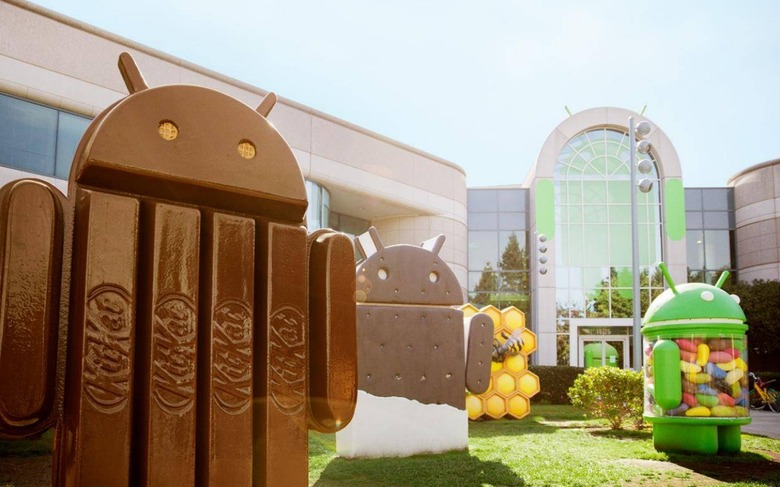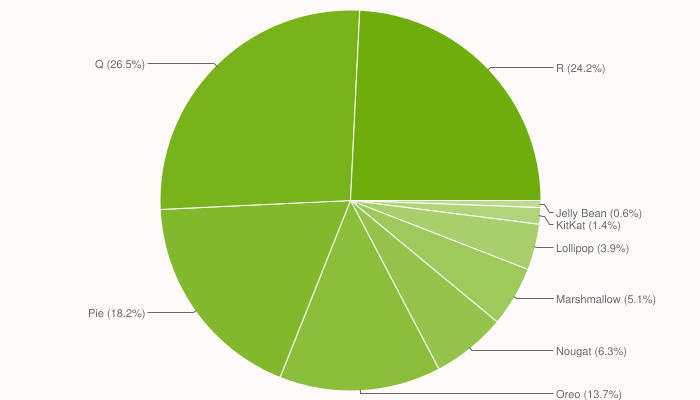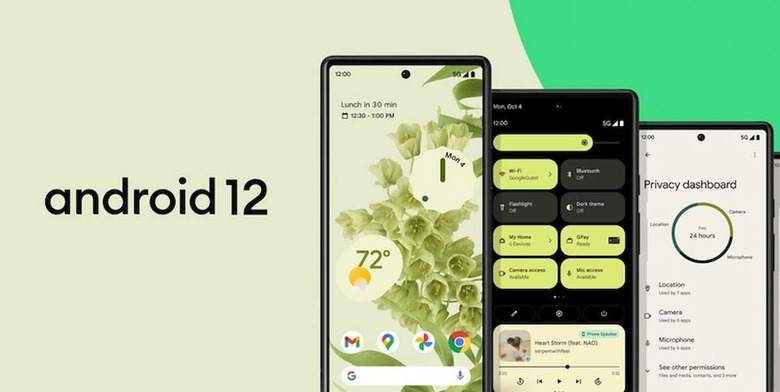Android 2021 Distribution Numbers Show There's Still Work To Be Done
Things have definitely gotten a lot better now in Android land when it comes to updates. That goes not just for the monthly security fixes that protect your phone, but the the major upgrades that keep you up to date with the latest Android versions as well. Things are still not ideal, especially when you compare it with iOS. Of course, it's an apples to oranges comparison, pun intended, but the latest distribution figures from Google itself point to Android's lingering problem.
What the numbers are for
To be fair, the monthly distribution charts that Google used to publish on its developers' dashboard weren't meant for public consumption. They were primarily created for developers in order to guide them on what Android versions to target if they want to have the most impact or which ones they can drop because barely anyone uses them. In an ideal world, developers wouldn't even need to worry about versions 3 years ago or older, but Android is hardly operating in an ideal world.

For better or worse, however, those numbers have also been used to bash Google's platform. Apple especially loved to show how fast its latest iOS versions are adopted, which makes Android's chart look like a messy pie. It was a reminder of that dreaded Android fragmentation, so it wasn't surprising that it was eventually removed.
Google may have stopped publishing those charts back in 2018, but it did give updates once in a while. It also moved the numbers to Android Studio, a piece of software that developers would use anyway. Google has apparently updated those numbers, and we're now seeing where things stand with Android 12's arrival.
What the numbers mean
Android 12 is actually nowhere to be seen in the distribution numbers shared by 9to5Google. Google traditionally doesn't list versions with 0.1% share only, or Android 12 is far too new to even make it to the chart. Either way, as far as developers are concerned, it isn't yet something to even be concerned about.
Unfortunately, Android 11 isn't even the version that has the most number of devices running it, at least not by sheer numbers alone. Granted, there isn't a wide gap between Android 11's 24.2% and Android 10's 26.5%, but it has been more than a year since Android 11 was launched. Thankfully, the two together do make up half of the devices in the market, so Android isn't all that outdated.

The numbers do suggest that OEMs are still not at their A-game when it comes to updating their phones. Plenty of those phones still running Android 9 Pie can probably be updated to Android 10, while those on Android 10 still need to see Android 11. That, of course, doesn't take into account the arbitrary two or three-year limits that manufacturers place for software updates, ensuring that some of those devices will probably never be upgraded even if they're capable of running Android 11 or 12.
Troubling times ahead
The report does note that the numbers could be from three weeks ago, which could explain the absence of the month-old Android 12. That said, news of Android 12 updates these past weeks or the lack thereof isn't exactly encouraging either. Outside of Pixel phones, only the Galaxy S21 series has received a stable version of Android 12, with only a handful of other devices still in beta.
Of course, many companies are promising Android 12 updates for a large number of their phones, which is a marked improvement from the relative silence of these brands in the past. Now comes the hard part of actually waiting for those updates, which may not even arrive until early 2023. Suffice it to say, it will be months before Android 12 makes a mark in those charts, and even then, Android 11 and 10 will still hold the largest slices.

Receiving the latest Android version isn't just a matter of getting the latest fancy features. It means, among other things, improved performance and security and improved user experiences. The speed of updates isn't just a race to be first, either, and reveals the commitment and ability of the platform maker and device manufacturers to keep up with rapid changes. In other words, these numbers don't just reveal Android's dreaded fragmentation, it also shows the health of the platform, especially when it comes to each player doing their part on time.
